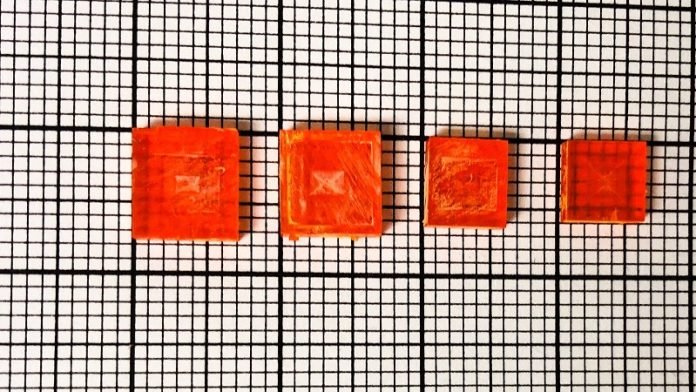
Scientists are in a race to improve X-ray technology, a crucial tool used by doctors to see inside our bodies without surgery and by researchers to understand the hidden details of materials.
With every stride in this technology, we come closer to solving more mysteries of the human body and the world around us.
At the Argonne National Laboratory, part of the U.S. Department of Energy, a group of scientists has made a significant breakthrough.
They’ve found a new material that can detect high-energy X-rays in a much better way.
In simple terms, X-rays are like super-powered light, capable of passing through objects and revealing what’s inside.
The new and powerful material discovered by scientists can catch these X-rays and help us see clearer and more detailed images. This is especially needed when the X-rays are very intense and bright, like those produced by giant machines called synchrotrons.
Currently, many materials used for catching X-rays can’t deal with such bright and powerful X-ray beams.
Those that can are usually very expensive, difficult to make, or need to be kept extremely cold. That’s why scientists are on the lookout for materials that are not only effective but are also affordable and easy to handle.
Antonino Miceli, a physicist at Argonne’s Advanced Photon Source (APS), a facility where they produce these powerful X-rays, pointed out that many current detector materials struggle with the enormous energies produced by large synchrotrons.
The material the scientists have discovered is a form of perovskite crystal called cesium bromide. Perovskites are special because they have simple structures but can be changed and adjusted for different uses easily.
The team used two methods to grow this material: one involved melting and cooling, and the other was a solution-based approach, done at room temperature.
The outcome? The results were surprising and promising! The material showed brilliant detection abilities and held up superbly to the intense beams at the APS.
This means that it can notice very small changes, giving scientists a better look into what’s going on in real-life conditions, like inside a running engine or in human cells.
This discovery is crucial as the APS is undergoing upgrades to make its X-ray beams up to 500 times brighter. Having a material that can handle such intense beams is more necessary than ever.
Duck Young Chung, a scientist part of the team, expressed pride in the high-quality crystals they were able to grow, attributing it to the unique capabilities and expertise at Argonne.
Looking to the future, the scientists want to make more of this material and improve its quality. They also see other possible uses for this discovery, like detecting extremely high-energy gamma rays, which are like super-powered X-rays.
This could be supported by the DOE National Nuclear Security Administration.
In summary, this breakthrough at Argonne brings hope of better, clearer, and more detailed insights into our bodies and the materials around us.
With this new material, we could uncover secrets of complex and fast-moving processes in real-time, making it a beacon of promise in medical and scientific research.
The results of the study were reported in Advanced Materials and Advanced Optical Materials.
Follow us on Twitter for more articles about this topic.



